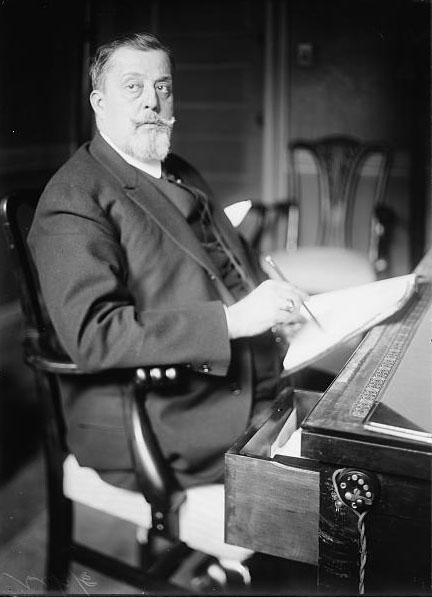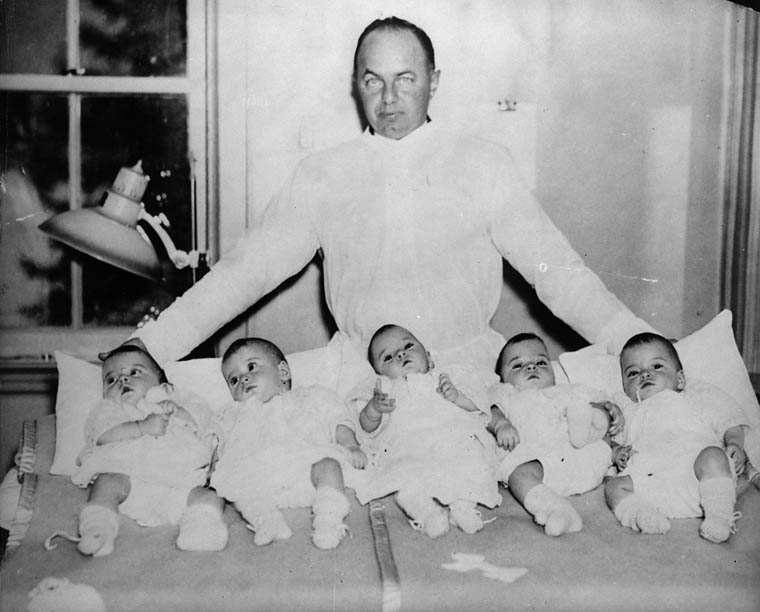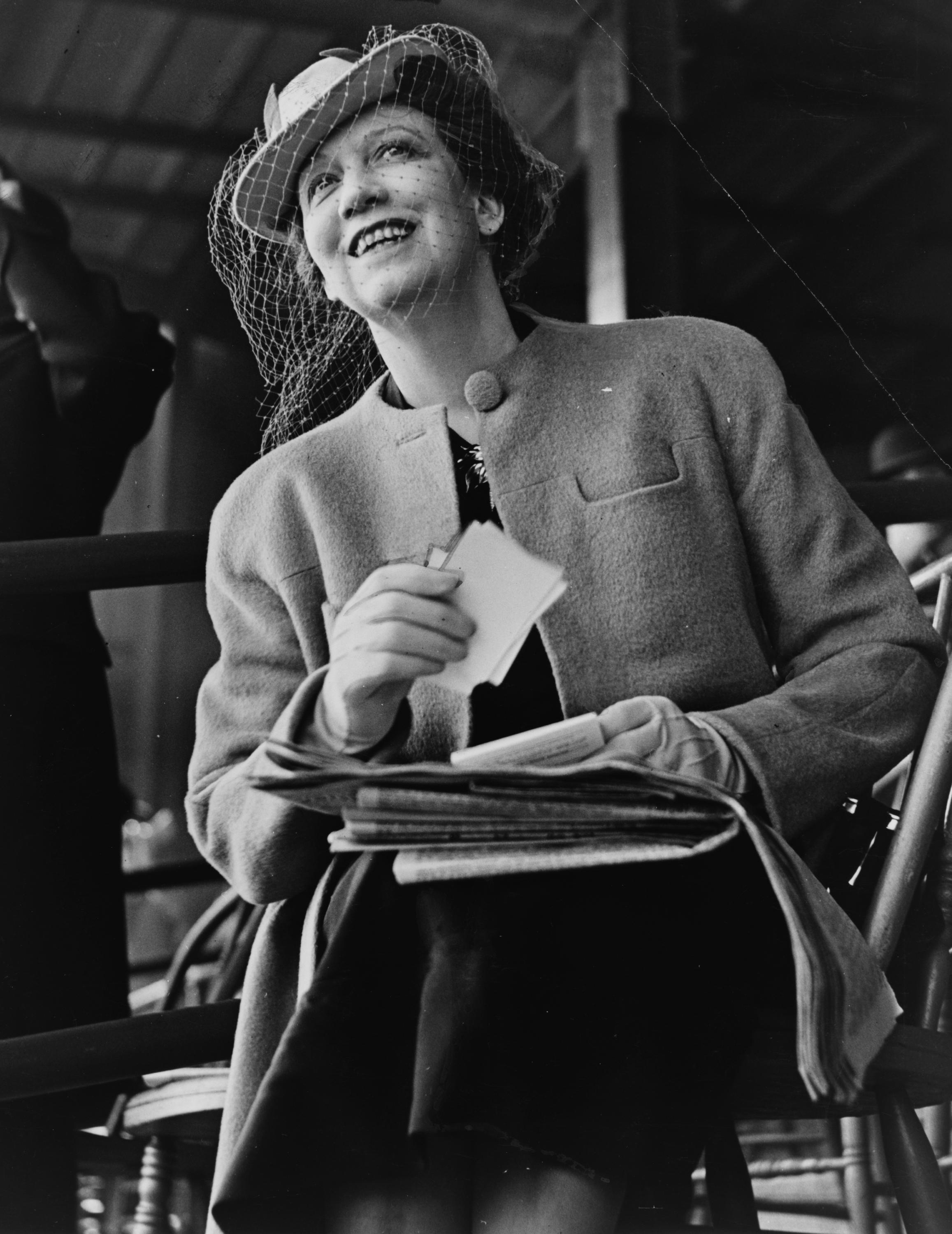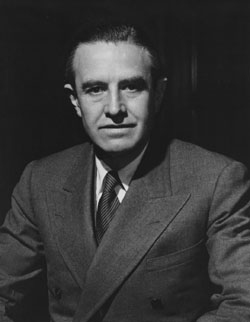Jubilee was an ultra-hip hit on Broadway in 1935 and lampooned many famous people of the day. Some of the best known were portrayed as thinly disguised characters in the show. For example, the characters of Karen O’Kane and Eric Dare in Jubilee were meant to represent Ginger Rogers and Noel Coward, respectively. Eva Standing is the fictious representation of Elsa Maxwell, while Charles "Mowgli" Rausmiller represents Johnny "Tarzan" Weismuller. (Click here for a fascinating look at Elsa Maxwell).
But these are the tip of the Jubilee iceberg. Cole Porter and Moss Hart play fast and loose with their name-dropping in the script and score, and a host of 1930s celebrities are mentioned throughout. Here are a few of the real life personalities of the period who are mentioned in the show...
Neysa McMein was an American artist and long-time love of the famous Broadway Director George Abbott. She was also a member of the famed “Algonquin Round Table” – noted for her parties. A renowned portraitist, her famous subjects included Warren G. Harding, Herbert Hoover, Edna St. Vincent Millay, Helen Hayes, Dorothy Parker, and Charlie Chaplin. However, her most recognizable work is the image of a fictional housewife… Betty Crocker.
 Mercedes De Acosta was an American poet, playwright, costume designer and socialite known for her many lesbian affairs with Hollywood personalities including Greta Garbo, Marlene Dietrich, Isadora Duncan, Tallulah Bankhead, Ona Munson, and, allegedly, Adele Astaire. De Acosta detailed these relationships in her autobiography Here Lies the Heart, which prompted an outraged Elsa Maxwell to quip “…and lies, and lies, and lies.”
Mercedes De Acosta was an American poet, playwright, costume designer and socialite known for her many lesbian affairs with Hollywood personalities including Greta Garbo, Marlene Dietrich, Isadora Duncan, Tallulah Bankhead, Ona Munson, and, allegedly, Adele Astaire. De Acosta detailed these relationships in her autobiography Here Lies the Heart, which prompted an outraged Elsa Maxwell to quip “…and lies, and lies, and lies.” Aimee Semple McPherson or “Sister Aimee” was American evangelist, creator of the Church of the Foursquare Gospel and Angelus Temple in LA. She was involved in a scandal in 1926 when she disappeared and was believed drowned. When she showed up six weeks later she claimed to have been kidnapped, but evidence pointed to her having been enjoying an illicit tryst in Carmel and Arizona. Her last name rhymes with “person,” not “dear son.”
Aimee Semple McPherson or “Sister Aimee” was American evangelist, creator of the Church of the Foursquare Gospel and Angelus Temple in LA. She was involved in a scandal in 1926 when she disappeared and was believed drowned. When she showed up six weeks later she claimed to have been kidnapped, but evidence pointed to her having been enjoying an illicit tryst in Carmel and Arizona. Her last name rhymes with “person,” not “dear son.” Grace Moore was famous operatic soprano of the 1920s-40s who started in musical theatre and later did films. Along with John Steel, she introduced Irving Berlin’s “What’ll I do”. She was known as the “Tennessee Nightengale” and Elvis Presley named Graceland after her. She died at 48 in a plane crash.
Grace Moore was famous operatic soprano of the 1920s-40s who started in musical theatre and later did films. Along with John Steel, she introduced Irving Berlin’s “What’ll I do”. She was known as the “Tennessee Nightengale” and Elvis Presley named Graceland after her. She died at 48 in a plane crash. Giulio Gatti-Casazza was an opera manager, having managed both La Scala and the Metropolitan Opera in NYC. His name is pronounced like “Patti razzamatazza”
Giulio Gatti-Casazza was an opera manager, having managed both La Scala and the Metropolitan Opera in NYC. His name is pronounced like “Patti razzamatazza” Cecil Beaton was English fashion and portrait photographer who later had an acclaimed career as an Academy Award-winning designer of sets and costumes for film and theatre (My Fair Lady, Gigi, Coco, among others). His portrait of a young WWII victim helped rally support for the war in the U.S.
Cecil Beaton was English fashion and portrait photographer who later had an acclaimed career as an Academy Award-winning designer of sets and costumes for film and theatre (My Fair Lady, Gigi, Coco, among others). His portrait of a young WWII victim helped rally support for the war in the U.S.(Cecil Beaton's portray of a young Blitz Victim)
Herbert Swope was a U.S. editor and journalist of the New York World. He not only coined the term “Cold War,” but created the concept of the “op-ed” piece as well. He was the first recipient of the Pulitzer Prize for reporting. He famously said, "I can't give you a sure-fire formula for success, but I can give you a formula for failure: try to please everybody all the time."
 The Dionne quintuplets “Dionne Quints” (born May 28, 1934) are the first quintuplets known to survive infancy. The sisters were born in Canada, and are the only female identical set of five ever recorded.. These are the same “five Dionne babies” Sondheim wrote about in his stage anthem “I’m Still Here,” from Follies.
The Dionne quintuplets “Dionne Quints” (born May 28, 1934) are the first quintuplets known to survive infancy. The sisters were born in Canada, and are the only female identical set of five ever recorded.. These are the same “five Dionne babies” Sondheim wrote about in his stage anthem “I’m Still Here,” from Follies.Elizabeth Arden was born Florence Nightengale Graham. Elizabeth Arden is one of the most recognizable names in make-up. She and Helena Rubenstein were the two beauty gurus of the 1930s.
 Fritz Kreisler – world-renowned violinist and composer. Kreisler revealed in 1935 that many compositions that were earlier ascribed to composers such as Gaetano Pugnani, Giuseppe Tartini, Jacques Marnier Companie, and Antonio Vivaldi were actually written by him. When critics complained, Kreisler answered "The name changes, the value remains."
Fritz Kreisler – world-renowned violinist and composer. Kreisler revealed in 1935 that many compositions that were earlier ascribed to composers such as Gaetano Pugnani, Giuseppe Tartini, Jacques Marnier Companie, and Antonio Vivaldi were actually written by him. When critics complained, Kreisler answered "The name changes, the value remains."  Huey Long was a Democratic Governor and then Senator of Louisiana, noted for his radical populist policies. Though a backer of Franklin D. Roosevelt in the 1932 presidential election, Long split with Roosevelt in June 1933 and allegedly planned to mount his own presidential bid. Long created the “Share Our Wealth” program in 1934, with the motto "Every Man a King," proposing new wealth redistribution measures in the form of a net asset tax on corporations and individuals to curb the poverty and crime resulting from the Depression. To stimulate the economy, Long advocated federal spending on public works, public education, old-age pensions and other social programs. Long was assassinated during rehearsals of the original Jubilee, causing Porter ro rewrite the lyric reference to him (which is now restored for 42nd Street Moon's production!).
Huey Long was a Democratic Governor and then Senator of Louisiana, noted for his radical populist policies. Though a backer of Franklin D. Roosevelt in the 1932 presidential election, Long split with Roosevelt in June 1933 and allegedly planned to mount his own presidential bid. Long created the “Share Our Wealth” program in 1934, with the motto "Every Man a King," proposing new wealth redistribution measures in the form of a net asset tax on corporations and individuals to curb the poverty and crime resulting from the Depression. To stimulate the economy, Long advocated federal spending on public works, public education, old-age pensions and other social programs. Long was assassinated during rehearsals of the original Jubilee, causing Porter ro rewrite the lyric reference to him (which is now restored for 42nd Street Moon's production!).Averell Harriman was Democratic politician, businessman, and diplomat. Served as Secretary of Commerce and eventually Governor of New York. “Without a train” is a reference to his constant commuting between Washington, DC, and New York.
Billy the Oysterman, William Ockendorf, owned two popular oyster houses in New York in the 20s- 30s.
Lord and Taylor is a Men’s clothing store. Samuel Lord and George Washington Taylor founded the company in 1826; it was the first major store on Fifth Avenue. Among other firsts, it was the first store to present innovative Christmas windows filled with holiday displays rather than merchandise.
 Ivor Novello – British matinee idol, actor, singer, playwright, composer. Famed for his World War I song “Keep the Home Fires Burning.” His musicals in the 1930s were expensive, spectacular productions, with several scene changes and a large cast including many extras and dancers.
Ivor Novello – British matinee idol, actor, singer, playwright, composer. Famed for his World War I song “Keep the Home Fires Burning.” His musicals in the 1930s were expensive, spectacular productions, with several scene changes and a large cast including many extras and dancers.Dorothy Di Frasso or Countess Di Frasso was born Dorothy Taylor in Watertown, Connecticut. She was a famous beauty noted for her affairs with many famous men and women, including Gary Cooper, Bugsy Siegel and Greta Garbo.
NRA – no, not that NRA. This one was Franklin D. Roosevelt’s “National Recovery Administration.” Any early attempt to combat the Great Depression.
Ok, now you know all the players... come see Jubilee at the Eureka, and see how many references to the above celebrities of the day you can catch!
Running November 25 - December 13th, with a special "Black Friday" Matinee at 2pm on Friday November 27th. For tickets click here, or call (415) 255-8207. This is shaping up to be the most popular show of our season... don't wait. Performances are already selling out!







No comments:
Post a Comment